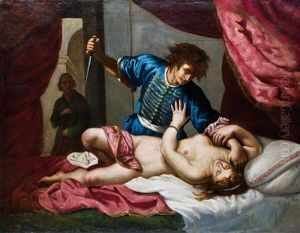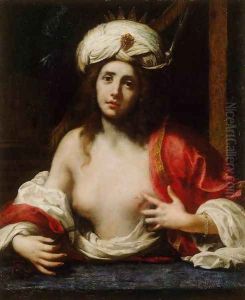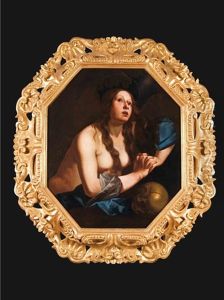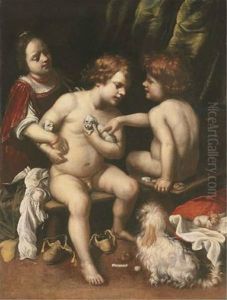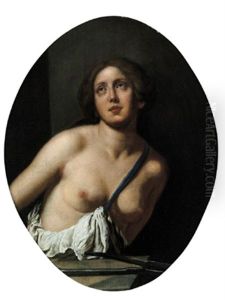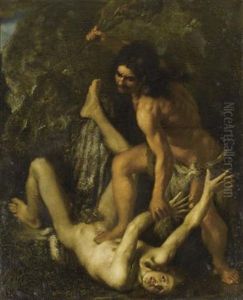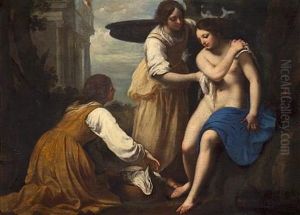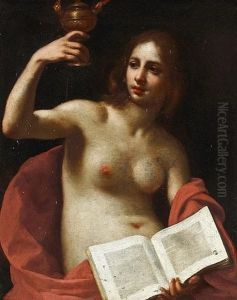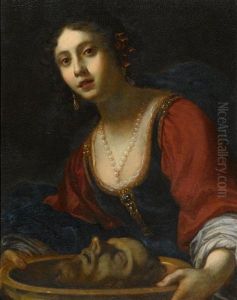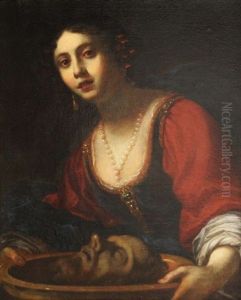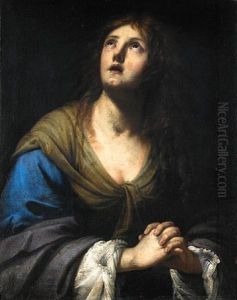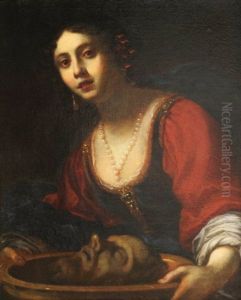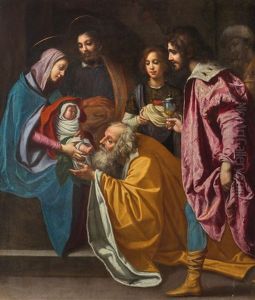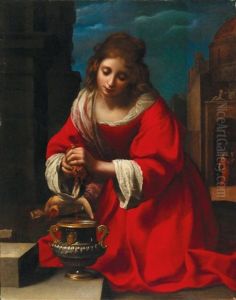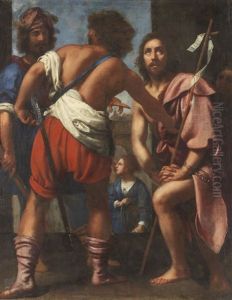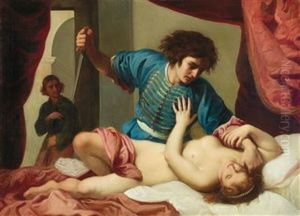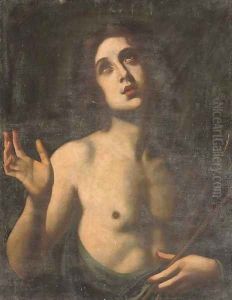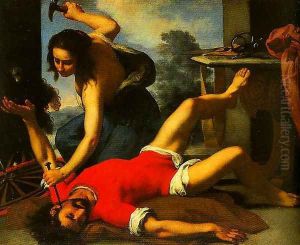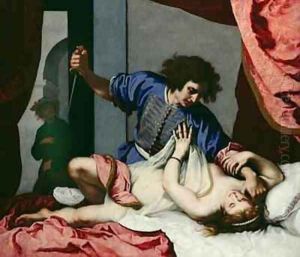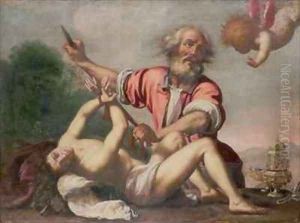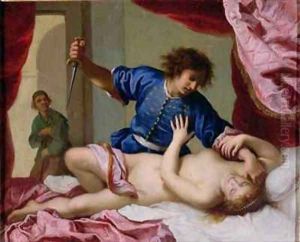Felice Ficherelli Paintings
Felice Ficherelli, also known as Il Riposo for his gentle and tranquil style, was an Italian Baroque painter who was born in San Gimignano, Italy, in 1605. He was an active artist primarily in the region of Tuscany, contributing to the rich tapestry of Italian Baroque art that flourished during the 17th century. Ficherelli's work is often characterized by its graceful figures, soft colors, and religious as well as mythological themes.
Ficherelli received his initial artistic training in Florence, which was a vibrant center for the arts during the Renaissance and Baroque periods. He was a student of the painter Fabrizio Boschi, who was a part of the Florentine school. Under Boschi's guidance, Ficherelli honed his skills and developed a style that merged the drama of the Baroque with a more delicate sensibility, which would become his signature.
Throughout his career, Ficherelli's works were commissioned by various patrons including religious institutions and private clients. He painted altarpieces, frescoes, and canvases, showing a versatility in different mediums. His compositions often depicted scenes from the Bible, the lives of saints, and classical mythology, imbued with a sense of intimacy and emotional depth.
One of Felice Ficherelli's most notable works is 'The Liberation of St. Peter,' which showcases his ability to handle light and shadow to create a dramatic effect, a technique that was paramount in Baroque painting. His paintings were well-received, and he became a reputable artist in his region.
However, unlike some of his contemporaries, Ficherelli did not achieve widespread fame outside of Italy during his lifetime. His works are mostly recognized by art historians and collectors who specialize in Italian Baroque art. Today, his paintings can be found in several museums and private collections, appreciated for their elegance and historical value.
Felice Ficherelli passed away in 1660 in Florence, leaving behind a modest but respected body of work that continues to be studied and admired for its contribution to the Baroque period in Italian art history.
